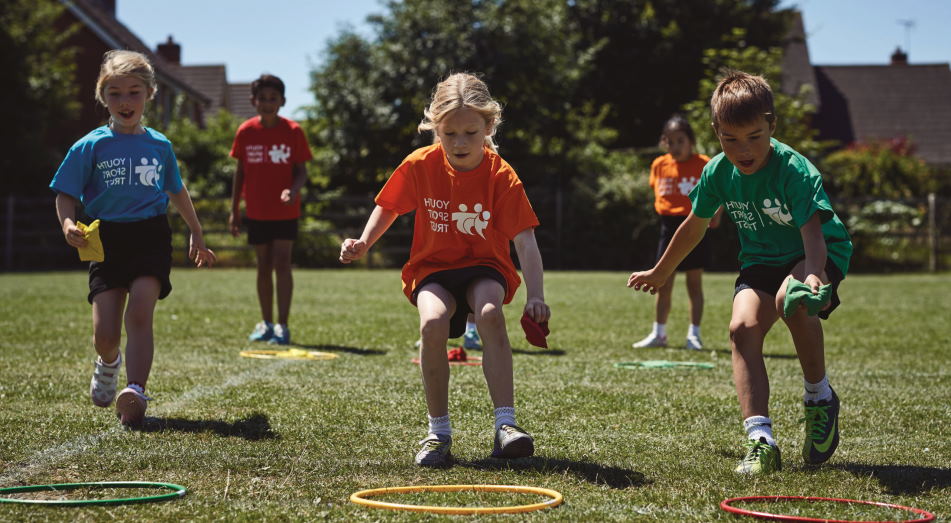Physical development is one of the most important aspects of a person’s life. It is something that starts at birth and continues throughout our lives. There are many different theories about how children grow and develop physically, and the Youth Physical Development Model is one of the most popular ones. This model outlines how children progress through different stages as they grow and develop physically. It is important to understand this model to better help our children reach their full potential physically.

Youth Physical Development Model: The Blueprint for Athletic Success
The YPDM has four key components:
- Physical Activity Guidelines: The YPDM recommends that young people participate in at least 60 minutes of moderate-to-vigorous intensity physical activity every day. This can include walking, running, playing tag, biking, swimming, or participating in organized sports.
- Health Education: The YPDM provides young people with the knowledge and skills needed to make informed choices about their health. This includes information on nutrition, physical activity, and injury prevention.
- Skill Development: The YPDM emphasizes developing the skills needed for lifelong participation in physical activity. These skills include coordination, balance, and motor control.
- Environmental Support: The YPDM recognizes the importance of providing young people with supportive environments that promote physical activity and healthy eating. This includes access to safe places to be active, such as parks and playgrounds, and access to healthy food options.
The YPDM is a flexible framework that can be adapted to the needs of any community. It is based on the latest research on physical activity and health. It has been endorsed by leading health organizations, including the American Academy of Pediatrics and the Centers for Disease Control and Prevention.
The YPDM is just one part of the larger Healthy Communities for a Lifetime initiative, which is dedicated to promoting the health and well-being of young people across the United States.

Understanding the Youth Physical Development Model
The Youth Physical Development Model (YPDM) is a comprehensive, multi-dimensional model that provides a framework for understanding and promoting optimal youth physical development.
The YPDM consists of four key components:
- Biological maturation – the process by which individuals grow and develop physically over time.
- Motor skill development – the acquisition and refinement of movement skills.
- Sport skill development – the acquisition and refinement of sport-specific skills.
- Physical activity participation – engagement in regular physical activity.
Each of these components is important for optimal physical development in youth. However, the timing and sequence in which they occur can vary considerably from one individual to another. For example, some children may mature earlier or later than others, and some may develop their motor skills faster or slower.
The YPDM provides a framework for understanding these individual differences and tailoring physical activity programs and interventions to the needs of each child. It can also help identify which children are at risk for developing obesity or other chronic health conditions and guide the development of prevention and intervention strategies.
The YPDM is based on a comprehensive review of the scientific literature on youth physical development. It was developed by a team of experts from various disciplines, including pediatrics, exercise science, physical education, and public health.


